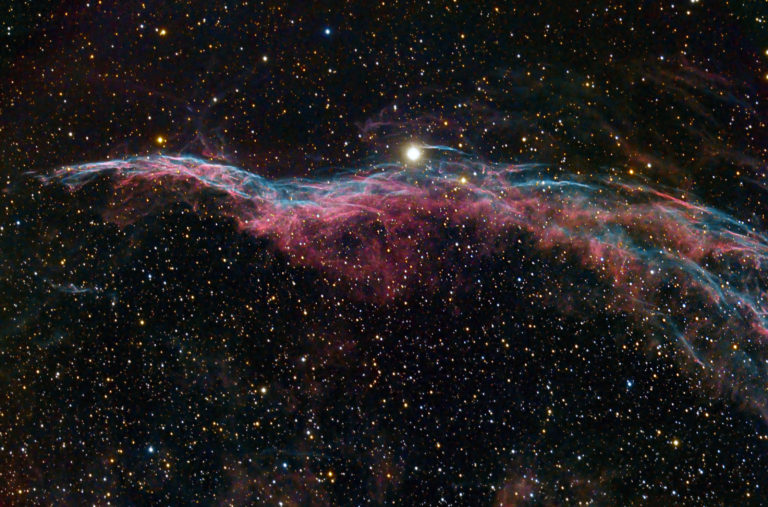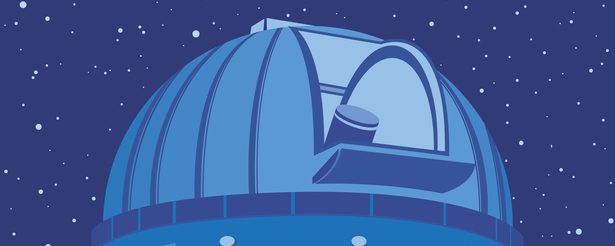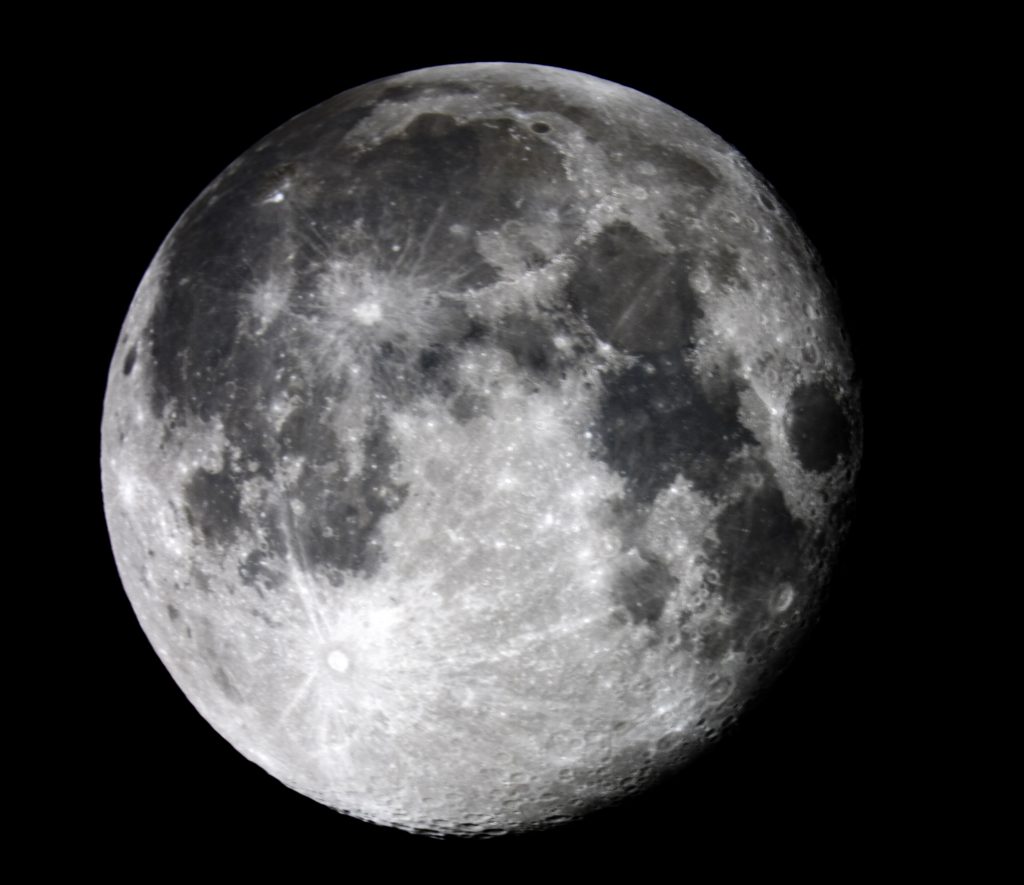
Similar Posts

The Whale and the Hockey Stick
It’s not the title of a children’s story – it’s a pair of galaxies 30 million light-years away that look like, well, a whale and a hockey stick. Officially their names are NGC 4631 and NGC 4656.

Markarian’s Chain
This is actually only a portion of a string of galaxies that make up the Virgo supercluster of galaxies, around 50-60 million light-years away.

The “Witch’s Broom”
As Halloween draws closer, this seems like an appropriate object to image: the “Witch’s Broom” nebula! Although to be honest, that bright star (Cygnus 56) looks more like an eye on some sort of fantastical, cosmic creature to me. In reality, it’s part of the larger Veil Nebula, which is a huge supernova remnant 1,400…

The galaxy M91
Located 63 million light-years away in the constellation Coma Berenices, M91 is part of the Virgo cluster of galaxies – and if you zoom in and explore this image, you’ll find many other galaxies surrounding it, and also far in the distance beyond it.

The Needle Galaxy
Somewhere between 30 and 50 million light-years away, within the constellation Coma Berenices, lies NGC4565 – commonly known as the “Needle Galaxy”. It’s a spiral galaxy, but viewed edge-on – so we see its central bulge and the edge of the galaxy’s disc extending from it. Clouds of dust within the galaxy obscure the middle…

Orion’s Sword
If you look at the constellation Orion in the winter night’s sky, the center of Orion’s “sword” is not a star at all – it is the brightest nebula in our sky, M42 or the Great Nebula of Orion. Sitting right on top of it is technically another nebula designated M43, and above that is…

